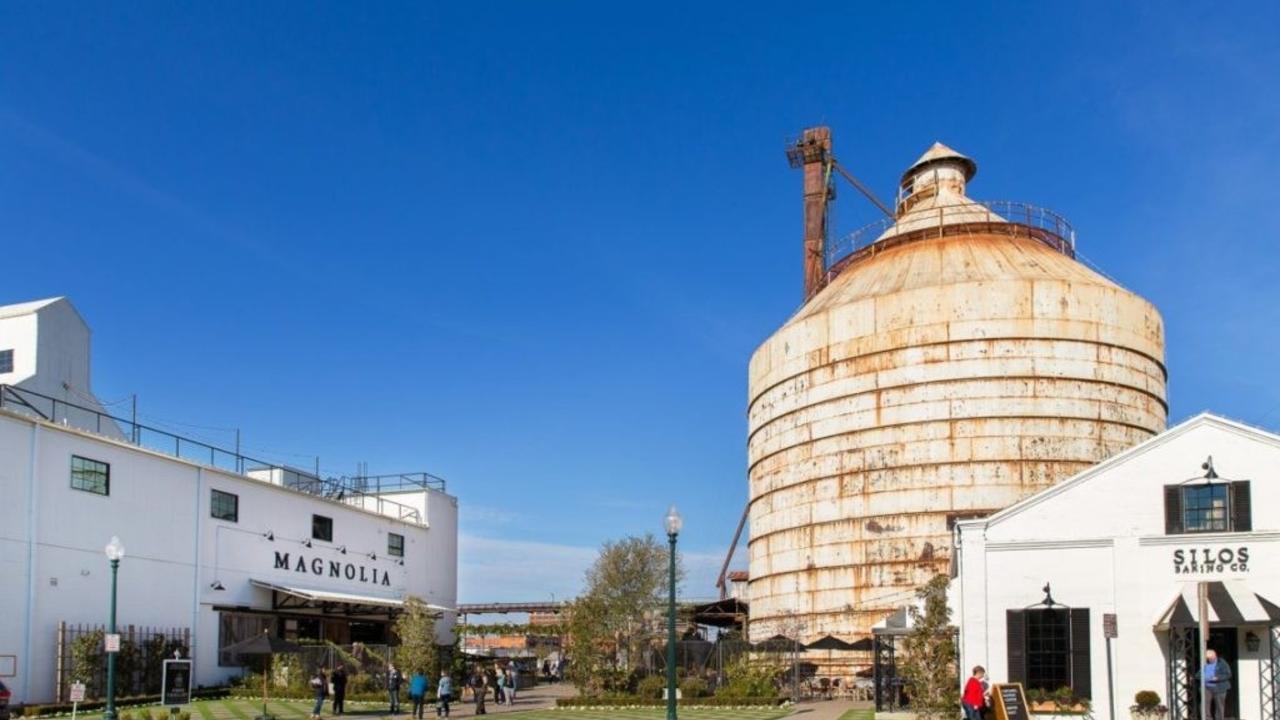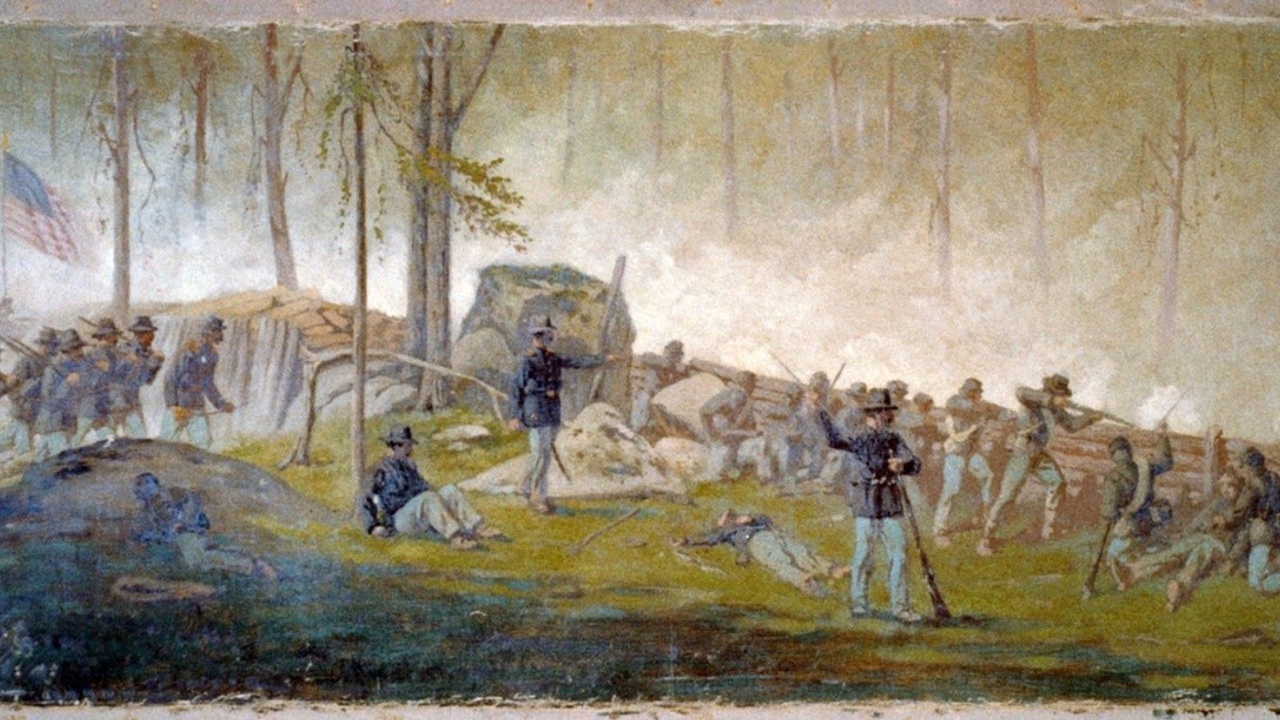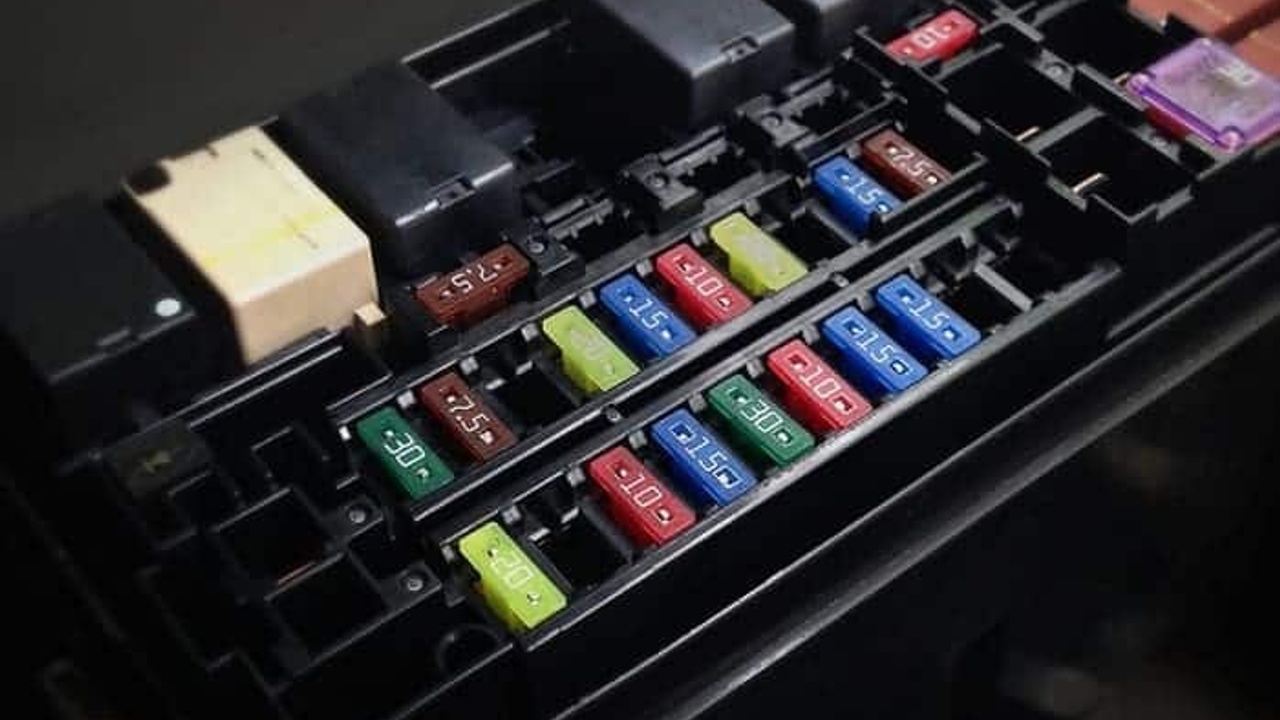
A Husband's Trip to Magnolia
“Why would you go to Waco?”
That’s what everyone asked. The inference was clear – the flatlands of Central Texas had nothing to offer. People leave Waco to visit Colorado, not the other way around. Why would I sign up for three days of wandering a sprawling gift shop in a massive tourist trap? Because my wife was dying to go. The trip was for her – or at least that’s what I thought.
We went there to visit Magnolia Market at the Silos. I kept calling it Magnolias, but it’s Magnolia, singular, derived from the feminine language as a warehouse full of every conceivable home decoration to which the word ‘cute’ could apply. The store is magnificently placed between a pair of rotund grain elevators – a remnant of agriculture now enclosed by the city.
I expected the air of nonchalance found in most stores, where shoppers veil any excitement behind the need to maintain a self-respecting image. Magnolia, however, is not like other stores.
When we walked in at 10:08 on a Wednesday morning, my nose jumped into a swimming pool of fresh flowers and ginger. The place had the buzz of a 4th of July house party. Catchy music two steps off mainstream pulsed louder than expected, filling in any doubt over the place’s appeal and masking the collective echoes of “Oh my gosh look at this” resounding through the store. Open for only minutes, the place was packed, and there was only a handful of husbands milling about, all following their wives like trusty aged golden retrievers. They had the same mystified look in their eyes – pleased at their wives’ excitement and miffed by the invisible Kool-Aid they seemed to have chugged, which turned them into doting, love-struck little girls.
The store is remarkable -- filled with towels, plates, signs, tables, candles, paints, flowers and other high quality home furnishings, their colors, materials, textures and dimensions winsomely chosen and arranged. Even my unrefined eyes could see the tight ribbon of intentionality throughout the space.
It’s a disservice to Magnolia to label it as “just another store.” It’s more like a campus, taking up three or four square blocks. Outside the main retail center sits a bakery with sneaky-good cupcakes. Next to that is a garden supply building that made me forget it was January 25th and ten degrees back home. Seven food trucks formed the unofficial boundary on the east side. At the center of everything was an AstroTurf green space for lawn games, soccer or lounging in the sun. I downed a double shot of the Kool-Aid when I became the first human since 1981 to describe Astroturf as appealing.
My cynical side can dismiss this place as another enterprise capitalizing on the unending quest of keeping up with the Jones’s. But to be there, olfactory assault aside, was to witness space crafted like hand-cut maple dovetails and be reminded that hospitality is more gathering than showcasing.
The window into another culture was equally as fascinating. Coloradans are known for a laid-back approach to life, for never being too rattled by the inconvenient or unexpected. This is a healthy trait, for sure, but can convey a polite sense of “ mind your own business.” But in Texas we noticed a refreshing curiosity in small talk. There was little hint of nosiness, only sincere interaction further smoothed by a drawl that melted any skepticism on our part.
Magnolia could have easily been built in another town. The marketing and moxie would travel well and translate into business success. Why didn’t the owners build in Austin or Dallas where markets and margins would be larger?
Two massive grain silos sand amidst the Magnolia buildings. The silos are artifacts from 60 years ago when Waco was the jewel of Central Texas - the place farmers and ranchers visited to ease their gnawing worry over moisture with a day in the city.
At first glance the silos seem awkwardly out of place, like the thirteen-year-old boy who hit puberty, stands six feet tall, and shaves regularly. Their startling size forces your eyes to pause with wonder. They wear age and rust unashamed. Their purpose – to store grain and allow timely marketing, functionality once recognizable and appreciated -- now decays under the weight of neglect.
Magnolia’s recent buildings seem to bloom beneath intention’s hands. Everything is appropriately scaled and styled. Crisp black doors and shutters highlight white structures with cedar shingles or tin roofs. Adults pump their legs on swings. The center greenspace beams with an invitation to play. The space conjures memories of front porches and time slowing. Where the mix of pace and rest knead awareness, so gratitude might rise.
I wonder if this outside portion of Magnolia -- with people laughing, savoring, storying, remembering -- is closest to the heart of Magnolia. A wonderfully decorated space is not the goal. A place of honest connection with others is. Furnishings are simply tools to pursue the elusive and needed setting where agendas and posturing fade.
The Silos and Magnolia, Initially felt like the unlikely marriage of afterthought and forethought.
I wish I could have eavesdropped on the owner’s conversation the first time they looked at the four blocks that would eventually become their dream. I imagine they saw the silos, smiled, and said yes. Not because the grain bins were so old they were back in style and not because it would have been inconvenient and expensive to tear them down.
They said yes to scarred artifacts anchoring a community.
Yes – because they’re one of Waco’s birthmarks.
Because you can’t extract your creativity from the place that grew it.
Because invitational space comes from more than decoration.
Because connection isn’t borne out of decoration and polish, but the welcome of what is - no matter how rusted, big, or awkward it may be.
Because those silos still have something to offer.
What large, unpolished, and undeniable silos stand in your life? Have you ignored them, tried to bulldoze them, or embraced them? What do they still have to offer?
Jesse French
Restoration Project Chief of Next Steps




